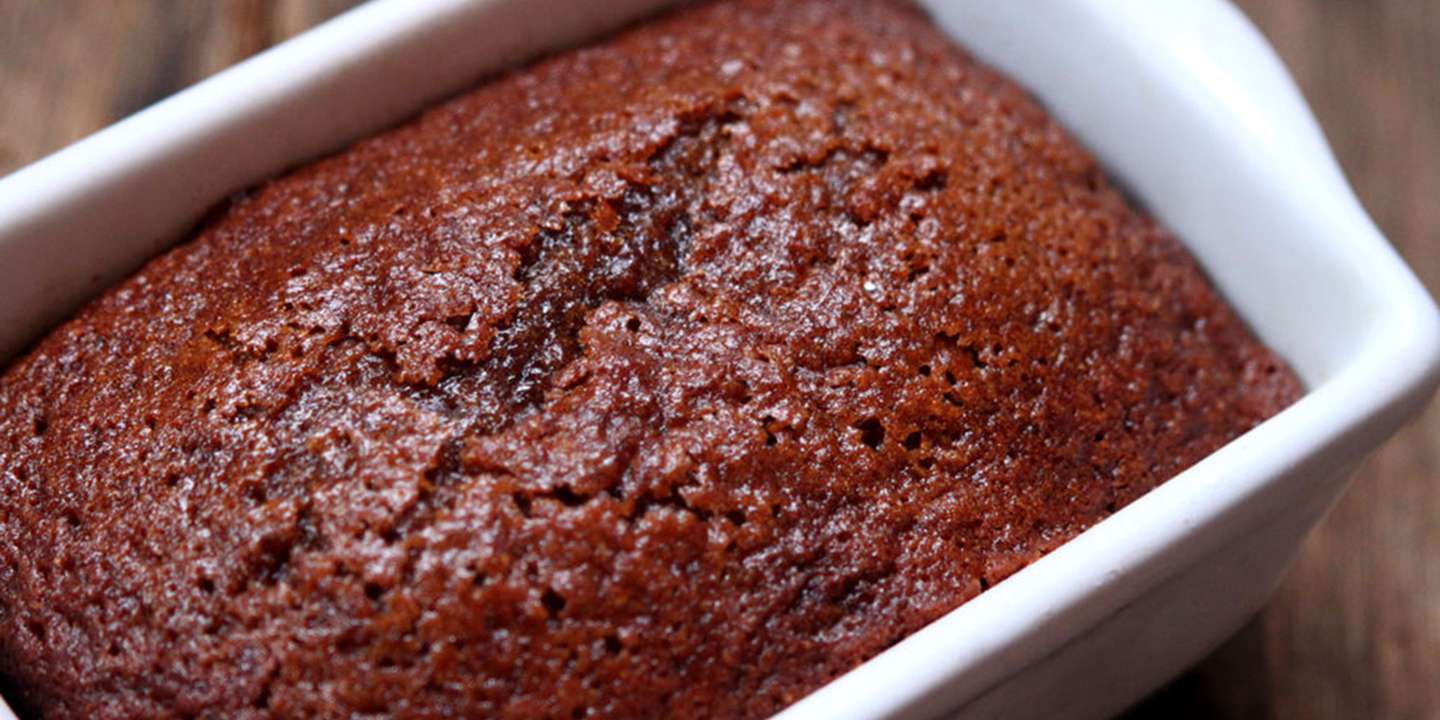What Is Coriander?
Coriander, as we know it in the states, is a small, bead-like pod used as a spice, both ground and whole. Coriander is actually the seed of the cilantro plant. Interestingly, in some other countries, especially ones in the UK, both the spice and the plant are referred to as coriander.
What Does Coriander Taste Like?
Though coriander is the seed of the cilantro plant, it tastes nothing like the herb. So if you don’t like cilantro, never fear; coriander is much different. When toasted, it can be described as a warming spice with a deep, nutty flavor. Coriander has a slight, almost citrus smell and finish. It’s incredibly dynamic because it’s bright finish, especially when combined with other spices.
How to Cook with Coriander
If you’re not familiar with the flavor of coriander, it’s an easy spice to experiment with. You’ve probably had coriander before and didn’t even know it. Coriander is very common in many cuisines, especially Indian spice, and is a central feature of mixes like garam masala. If you’re a fan of pickles, you’ve likely had coriander there too. It’s a popular spice in many types of pickle brines, especially in German and Eastern European cuisines. You can add some whole coriander seeds to your favorite hot or cold brine to make quick pickles at home.
Ground coriander is also a welcome addition to meat rubs, like the spice blend used to make pastrami, but pork takes coriander exceptionally well. Toss ground coriander with some veggies and roast them until browned with nothing more than a squeeze of olive oil and salt. Try adding a pinch of coriander and a squeeze of orange juice to your favorite vinaigrette recipes and top salads, roasted veggies, or even fish.
Coriander has lots of intense flavor and aroma locked in its little pod. In order to let those flavors shine, toasting the whole pods is necessary. Pour your whole coriander into a warm pan and lightly toast on medium heat for a few minutes until it smells fragrant and toasty. From there, you can use the seeds whole or grind them in a spice grinder and store in an airtight container for about two months. The longer it’s stored, the less intense it becomes, so it’s best to use it as soon as possible.
Where to Buy Coriander
Most supermarkets and grocery stores carry at least one brand of ground coriander, but the pre-ground coriander isn’t nearly as pungent and flavorful as when you grind it yourself. So, if you see it whole, snag a bottle and grind it yourself at home, you’ll be rewarded with much more bang for your buck flavor-wise.
Some grocery store spices have been sitting around for a year or more. With coriander, this means it’s lost most of its signature flavor. Consider stopping by your local spice store or Indian market and picking up some coriander there; it’s likely fresher since specialized spice stores turn over their stock more quickly.
Coriander Substitutes
Coriander has a very unique flavor that can’t be exactly replicated. But, depending on the recipe, you can swap in some other spices to mimic a similar flavor. Coriander is frequently paired with cumin, so if you don’t happen to have coriander on hand, substitute with more cumin. Fennel seeds can be used as well, though they have a very intense flavor, so use about half as much. Coriander has a light citrus note, so a pinch of lemon zest can help properly replace the flavor.
Related:
- Why Do Some People Think Cilantro Tastes Like Soap?
- What Is Pickling Salt and What’s a Good Substitute?
- Thai Basil vs. Basil: What’s the Difference?




